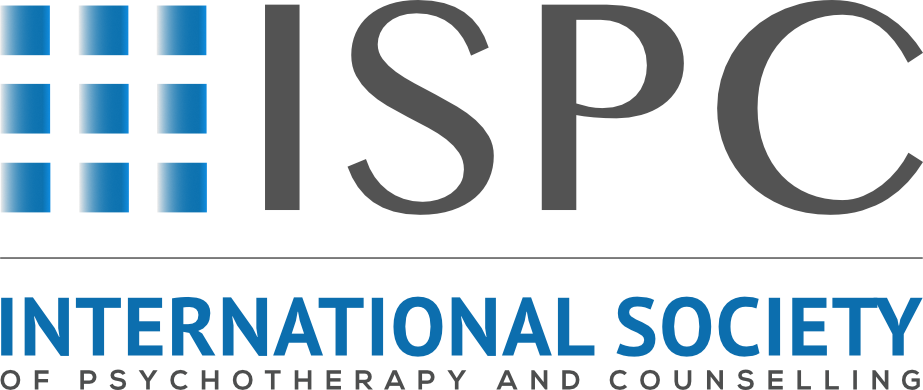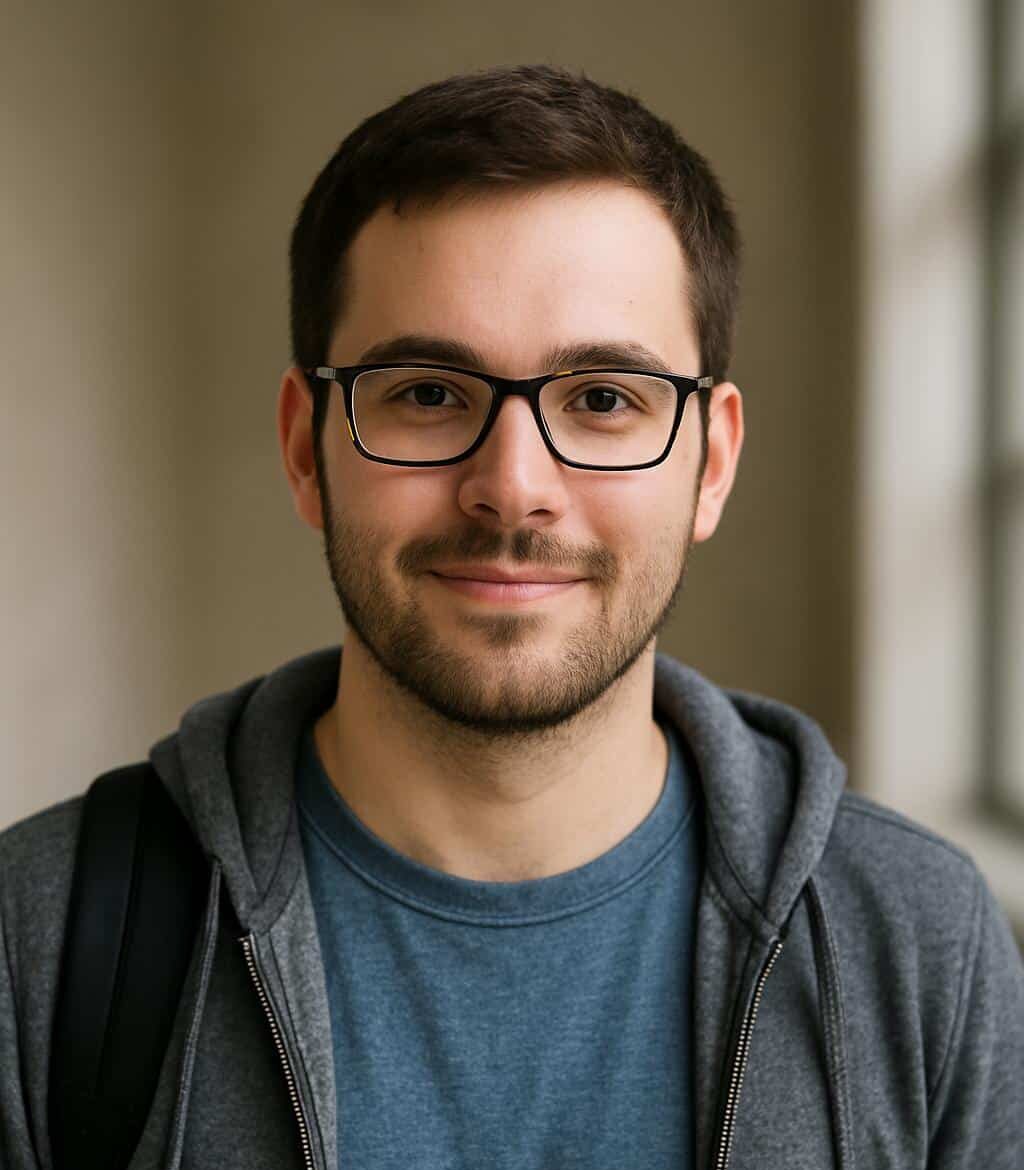The phenomenon of unconditional love, its transpersonal nature and its role in healing within the therapeutic relationship
Article authored by the Turiya Martyn Gough FISPC
Despite a mountain of well-researched evidence confirming that as little as one per cent of beneficial outcomes from psychotherapeutic counselling are attributable to a specific theoretical technique1, and that untrained non-professional counsellors are as successful as fully trained professionals2, debate continues over improved techniques to enhance beneficial outcomes.
Decades of research has identified that mainstream psychotherapeutic practices have some basic phenomena in common and that these phenomena, termed ’non-specific’ or ’common’ factors, have a fundamental role in the outcomes of counselling relationships3, and many eminent practitioners have discovered that unconditional love, which ‘is fundamental to human experience, even fundamental to what it means to be a human at all’4, is the essential common factor.
My own awareness has its origins in the work of Ronald D Laing, whom I met in 1968 after reading his book TheDividedSelf5 which contextualised psychopathology within the perspective of a phenomenology of love and human relatedness.
My own practices in counselling, yoga and spiritual healing, combine in focusing on this underlying phenomenon as the manifestation of unconditional love, exploring the effects of both the presence and the absence of love in the psychotherapeutic dyad, and exploring the hypothesis that the healing power of unconditional love is intuited experientially as a transpersonal phenomenon.
I have experienced how the provision of unconditional love in the therapeutic relationship, as in life generally, is the necessary condition for healing of any kind to occur and that the experiencing of unconditional love is essentially spiritual or transpersonal in nature. I believe that there is a strong case for counsellor training programmes to include Eastern mystical, meditational and philosophical practices to assist development of the soul and foster each individual’s ability to bring the healing effects of unconditional love into their daily practice.

Background
As far back as 1936, Saul Rosenzweig, writing in the American Journal of Orthopsychiatry6, concluded that ‘some potent implicit common factors’ explained the uniformity of success across seemingly diverse models of psychotherapy, and in 1995 Luborsky et al empirically validated Rosenzweig’s conclusion1. In 2001, Wampold, through his analysis of existing outcome data, concluded that ‘model factors (techniques) accounted for as little as one per cent of overall change resulting from psychotherapy intervention’1 and Patterson7 defined ‘therapist acceptance, permissiveness, warmth, respect, non-judgmentalism, honesty, genuineness and empathic understanding’ as being the relevant pan-theoretical components.
Personal experiences within holistic healing therapies have led me towards an understanding that healing of any kind is a process wherein the client is the very source, also criterion, of health and progress. My own integration of Eastern spirituality and Western psychological therapies clarifies the relevance of higher states of consciousness, agape (Greek), samadhi (Sanskrit) or cosmic love (quantum), in the therapeutic relationship. From a psychological and phenomenological perspective, there is widespread evidence supporting the hypotheses that there are non-technique-related factors that are common to therapeutic paradigms, and that the essence of their commonality is the expression of unconditional love for another being.
In different languages the word love refers to varying experiences. The ancient Greeks understood three types of love: eros, philia, and agape. Generally, eros can be understood as sexual/erotic love, philia as the love between friends, and agape as the love of God for humanity. Rodriguez4 sees agape as the existential face of love, as a way of being in the world; mere existence meriting love. The use of the word love in this article refers to unconditional love or agape, between therapist and client, in the biblical sense of loving thy neighbour as thyself, without judgment, and as exemplified by HH the Dalai Lama8.
It is perhaps because the experience of agape is transpersonal in nature that it has historically been overlooked by positivistic science and medicine, which operate within the assumptions of the natural attitude, taking for granted that reality is objective and that we experience it through our five senses, coordinated by our brain and neurophysiology. Without experiential training in predominantly Eastern practices, ‘we are no more aware of our consciousness and the part it plays in presenting and representing the meaning of what we experience than we are of our breathing or heartbeat’9.
The relationship, not the technique
Significantly, research confirms that ‘the counsellor is more important than the technique employed’3 and that ‘variations in success rate typically have more to do with the therapist than with the type of treatment’10. It seems to be generally accepted that mainstream psychotherapeutic practices have some basic phenomena in common and that these phenomena, termed ‘non-specific factors’, have a fundamental role in the outcomes of counselling relationships.
Ottens and Klein11 show how ‘theoretical and empirical findings from the common factors and psychotherapy integration literatures possess potential for infusing soul into psychotherapy’, and conclude that ‘when there is a decline in adherence to single-truth theories and an emphasis on those pantheoretical ingredients that make therapy effective, this helps put the psychotherapy profession back on a spiritual path’.
We are all familiar with the numerous examples that exist of highly regarded therapists recording their experiences within the therapeutic relationship in terms that are descriptive of extrasensory interaction as opposed to clinical techniques: Carl Rogers12 has said that ‘Our experiences in therapy… involve the transcendent, the indescribable, the spiritual. I… have underestimated the importance of this mystical, spiritual realm.’ And Eric Fromm13 describes what is being given thus: ’…he gives of his interest, of his understanding, of his knowledge, of his humour, of his sadness… he enriches the other person, he enhances the other’s sense of aliveness by enhancing his own sense of aliveness. He does not give in order to receive…’
There is much experiential evidence that love is the non-specific phenomenon in the context of the provision of the Rogerian core conditions, for example, and that true unconditional positive regard (UPR) most important thing for a counsellor to do was ‘Love your client’, and when asked, ‘Is that all there is to psychotherapy?’ he replied, ‘Yes, my friends, that is all there is to psychotherapy,’ and went on to add, ‘Love is the most potent reinforcer of behaviour change, or as Martin Luther King is reported to have said, “Whom we wish to change, we must first love”.’
Gordon Allport15 wrote that ‘love is incomparably the greatest psychotherapeutic agent’, and Arthur Burton15 also said, ‘after all research on psychotherapy is accounted for, psychotherapy still resolves itself into a relationship best subsumed by the word love’. Edgar Correia16 believes that ‘beyond this psychotherapeutic “exploration” the therapist himself must be able to open up to love his clients, working at “relational depth”, facilitating the experiencing of an intense bond within the therapeutic space and working through the client’s responses to those feelings’.
In parallel, the Zen practice of mindfulness, which has been defined by Kabat-Zinn17 as ‘the awareness that emerges through paying attention on purpose in the present moment and non-judgmentally to the unfolding of experience moment by moment’, can be directly compared to UPR. But, whereas the former is practised for the benefit of the individual, the latter is practised for the benefit of the other. Similarly the yogic practice of Dharana, which involves stilling the mind in order to achieve a state of complete absorption, is usually practised for the individual, but can be offered as a space for holding the other.

Unconditional Love
Ackerman and Hilsenroth18 found that therapist characteristics and behaviours that enhanced a positive therapeutic alliance, included being ‘…honest, respectful, trustworthy… interested, alert, friendly, warm, and open’, all ingredients of unconditional love.
Laing pointed out that all phenomenologists and existentialists, including Martin Heidegger, were missing this fundamental wisdom of unconditional love, agape; being too egological and logocentric; seeing human relatedness as the Achilles heel of ontology.
Laing believed in man’s ability to live a realised life and the universal potential to love. Citing his extensive case study experience, he argued convincingly that the basis of anxiety is the fear of the loss of primordial love, leading to insecurity; quite readily translated into Bowlby’s conception of an insecure base.
Laing’s clinical work demonstrated the success of bringing love to many countless patients previously considered ‘incurable’ (Rumpus Room projects, 1953-56) and he was able to demonstrate both the intellectual integrity of his phenomenological approach and its clinical success. This remains in sharp contrast to Freudian psychoanalysis, which Gans9 sees as ‘solipsistic and narcissistic’ by comparison, the essential problem being Freud’s theorising ‘amounting to no more than self-aggrandising heroics’ which place the emphasis on the lack of love, not the offering of love.
A similar view is held by Alice Miller19 and Konrad Stettbacher20, who also highlight the detrimental effect of the withholding elements of early Freudian psychoanalysis and the negative impact on the therapeutic relationship (often cited as the reason for analysis being such a long-term form of therapy) and adding weight to the hypotheses that a therapist needs to demonstrate love in the therapeutic relationship.
Many theorists have argued that ‘technology, rationality, and the medical model perspective dominating the mental health professions, support the “soullessness” of our culture.’11, and Elkins21 reminds us that the etymological roots of the term psychotherapist are ‘attendant to the soul’.
Love as a transpersonal experience
Laing believed in a science of human relatedness and challenged the core of mainstream Western philosophy, seeing the transpersonal dimension of the neurophysiology of one person’s nervous system as related to the neurophysiology of someone else’s nervous system, and confirming through his work the potency of a phenomenology of love to heal.
Laing is joined by Symington22 in arguing that ‘madness as a condition springs from the absence of love’ and that the component parts of love are generosity, gratitude and forgiveness. Symington draws on Tolstoy, Thomas Aquinas, Pope John XXIII, Koznyshev and various client studies to argue the importance of being loved, especially by our primary caregivers, citing the Japanese word amae, which means the need in all of us to be loved, and he emphasises that ‘the spiritual is woven into the very fabric of what we [therapists] do’. There are obvious links for therapists between his statements that, ‘There is always, in understanding, a component of love. Love is the driving force behind the desire to understand our world’ (or our client’s world) and his description that, ‘this formative power, born out of generosity of spirit, is capable of transforming a frustrating element into a catalyst for new discovery,’ (or client’s healing).
In 1998 I was in Mysore, India, with a colleague and fellow yogi, who had experienced an audience with the famous guru Sathya Sai Baba (1926-2011), and when asked of his experience, my colleague responded: ‘He filled me with love, and it has never gone’.
Quantum physicists also agree that human consciousness may be responsible for psychoneuro- immunology and that ‘one person should be able to act as a conduit, allowing The Field to realign another person’s structure’23. This frontier of science is discovering that ‘human beings and all living things are a coalescence of energy in a field of energy connected to every other thing in the world’23 (cosmic love).

Spirituality
Elkins points out that although some Western psychotherapists are receptive to spiritual matters, they are likely to be unfamiliar with the esoteric constructs and language of Eastern thought that permeate transpersonal psychology, concluding that the modern medical paradigm has effectively squeezed the soul out of psychotherapy.
Ottens and Klein11 have identified the incorporation of spirituality into psychotherapy as being ‘one of the most important developments for the future of psychotherapy’, citing a host of theoreticians (eg Fromm, 1950: Helminick, 2001; Jones, 1994; Lawner, 2001; Slife and Richards, 2001) as identifying ‘how psychotherapy… and spirituality are intricately intertwined.’ Wright24 also researched the essence of spiritual care, which he saw as affirming ‘the value of each and every person based on non-judgmental love’ (my emphasis) concluding that spiritual care responds to humanistic needs by meeting the desire for an accompanying person to ‘”be there”, to listen and to love’ (my emphasis).
Conclusion
It is perhaps inevitable that the elusive nature of love and non-specific factors in therapeutic paradigms has limited the historic research material to mostly qualitative research and predominantly practitioners’ phenomenological experiences; the latter being neither generalisable nor empirically reliable in Cartesian terms.
What has become clear is that the phenomenon of love lies on a continuum; at the spirit end is the state of ideal love and at the materialistic, egocentric end is love’s grossly distorted state. ‘At the ideal end, love represents a state of oneness, maximum empathy, sacrificing and unselfish generosity, transcending senses’25.
It appears evident that, firstly, the experience of unconditional love is essentially spiritual or transpersonal in nature, and secondly, that the provision of unconditional love in the therapeutic dyad, as in life in general, is the necessary condition for healing of any kind to occur.
Turiya Martyn Gough FISPC, is a counsellor working in private practice and a GP surgery. He has been engaged in yoga for nearly 40 years as a practitioner and an accredited teacher, having studied in the UK, India, Australia and south-east Asia. Turiya has also achieved Approved Healer status as a spiritual healer, having passed the oral, written and practical examinations of the Spiritualists’National Union.
References
- Lebow JL (ed). Twenty-first century psychotherapies: contemporary approaches to theory and practice. Illinois: Family Institute; 2008.
- Strupp HH, Hadley SW. Specific vs nonspecific factors in psychotherapy: a controlled study of outcome. Archives of General Psychiatry. 1979; 36(10):1125-1136.
- Arbuckle 1967, 1968; Black 1952; Luborsky et al 1986; Mulhauser 2006; Ottens and Klein 2005. HH the Dalai Lama. A simple path.
- Rodriguez L. What’s love got to do with it: thinking about love in the therapeutic relationship from a philosophical and existential perspective. Existential Analysis. 2005; 16(2).
- Laing RD. The divided self. London: Penguin Books; 1965.
- Rosenzweig, cited in Lebow JL (ed). Twenty-first century psychotherapies: contemporary approaches to theory and practice. Illinois: Family Institute; 2008.
- Patterson CH. Foundations for a systematic eclectic psychotherapy. Psychotherapy: Theory, Research, Practice, Training. 1989; 26(4):427–435.
- HH the Dalai Lama. A simple path Hong Kong: Thorsons; 2000.
- Gans S. Awakening to love: RD Laing’s phenomenological therapy. The Psychoanalytic Review. 2000; 87(4):527-548.
- Luborsky L, Crits-Christoph P, McLellan T, et al. Do therapists vary much in their success? Findings from four outcome studies. American Journal of Orthopsychiatry. 1986; 56(4):501-512.
- Ottens AJ, Klein JF. Common factors: where the soul of counselling and psychotherapy resides. Journal of Humanistic Counselling, Education and Development. 2005; 44(1):32-45.
- Rogers C. In: McLeod J. The counsellor’s workbook: developing a personal approach. 2nd edition. Berkshire: Open University Press; 2010.
- Fromm E. The art of loving. London: Thorson; 1995.
- Rogers C. A way of being. Boston: Houghton Mifflin; 1980.
- Patterson CH. Some thoughts on reaching the end of a career. The Counseling Psychologist. 1996; 24(1):338-347.
- Correia E. Love is a hell of a job!’ Some considerations about love and its importance to psychotherapy. Existential Analysis. 2008; 19(2):267-279.
- Whitfield H. Towards case-specific applications of mindfulness-based cognitive-behavioural therapies: a mindfulness-based rational emotive behaviour therapy. Counselling Psychology Quarterly. 2006; 19(2):205–217.
- Reisner A. The common factors, empirically validated treatments, and recovery models of therapeutic change. The Psychological Record. 2005; 55(3):377-399.
- Miller A. The drama of being a child – the search for the true self. London: Virago; 2007.
- Stettbacher JK. Making sense of suffering – the healing confrontation with your own past. New York: Meridian; 1991.
- Elkins DN. Psychotherapy and spirituality: toward a theory of the soul. Journal of Humanistic Psychology. 1995; 35(2):78-99.
- Symington N. Generosity of heart: source of sanity. British Journal of Psychotherapy. 2008; 24(4):488-500.
- McTaggart L. The field. London: Element; 2001.
- Wright MC. The essence of spiritual care: a phenomenological enquiry. Palliative Medicine. 2003; 16(2):125-132.
- Shamasundar C. Love, praxis, and desirable therapist qualities. American Journal of Psychotherapy. 2001; 55(2):273-282.
We encourage all ISPC members to consider contributing to ISPC News and sharing their unique perspectives and insights. Your contributions help build a valuable resource for the therapy and counselling community.
And lastly, we appreciate those that have already come forward with their ideas and writings, we are uploading these blogs over the next few weeks and months.
Kindest Regards
ISPC Team









